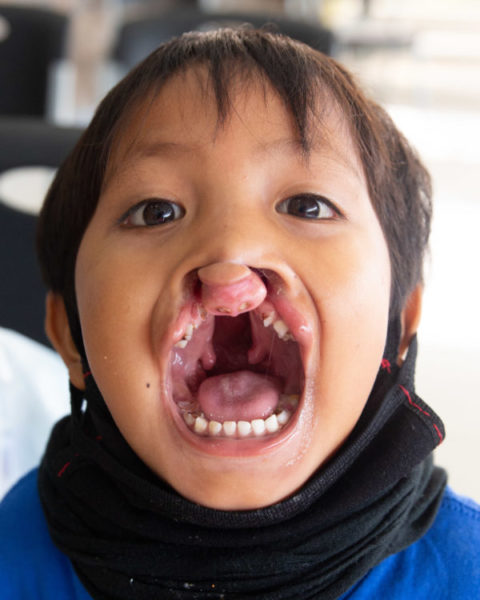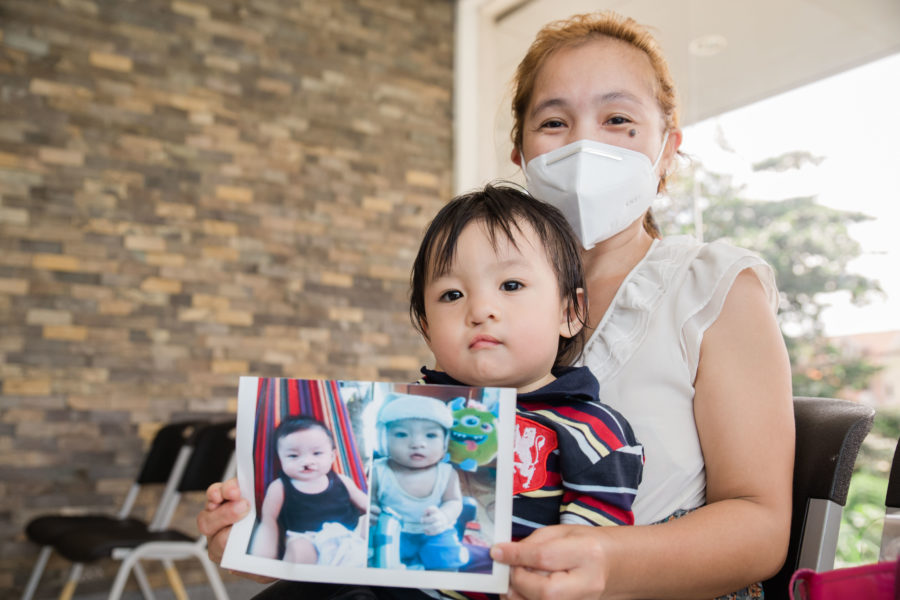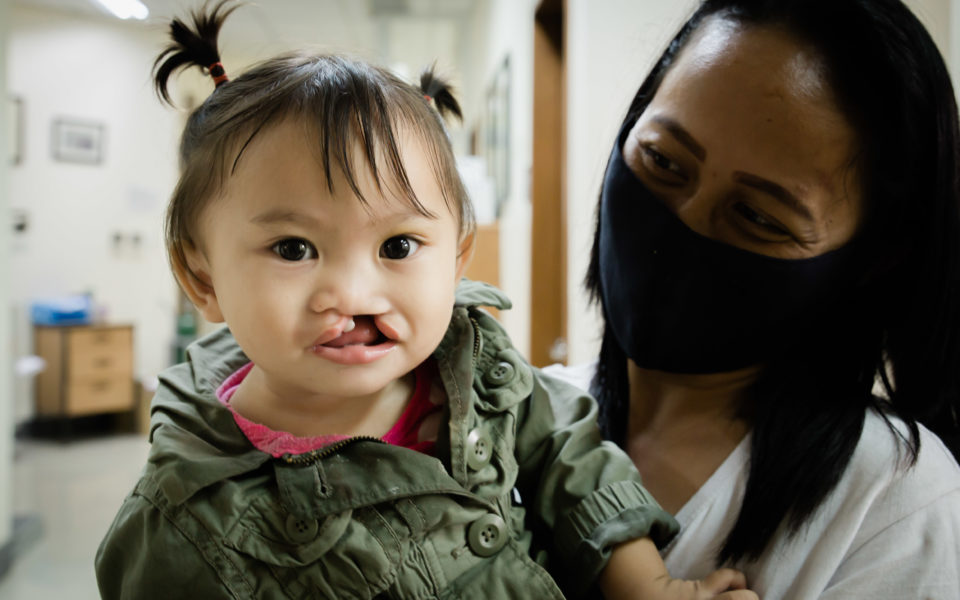Conditions we treat: Cleft Lip & Cleft Palate
This blog is part of an ongoing series looking to explain the common conditions CURE treats in ways that all of us non-medical folk can understand.
A cleft lip and cleft palate is essentially a gap between the lip and the palate. It is a congenital condition that is developed in the mother’s uterus where the embryo has a completely different shape from a fully formed human. When a child’s cheeks start to form around the face, it is meant to fuse in the nostrils. When that does not happen, a condition called cleft lip and/or palate is formed. If it fails to form on one side, you get a unilateral cleft lip. If it fails to form on both sides, you get a double or bilateral cleft lip. If it fails to fuse inside the mouth, you get a cleft palate.
This condition is more common in certain racial groups from Southeast Asia than compared to the rest of the world. Some causes of this condition include genetics and other factors such as lack of nutrition, while other cases are caused by syndromes, and some we don’t even understand.

There are many reasons why a child can have a cleft lip or palate, and this condition can have significant effects on a child and can be risky to their health. Babies with cleft lip and palate are unable to breastfeed, and a child in a developing country who can’t breastfeed may not have other options and could die from malnutrition. Children with cleft lip and palate are also at risk of chest infections. Further, having a cleft palate makes it difficult for a child to speak clearly which can lead to sociocultural problems. When left untreated, a child can have problems with their teeth, such as rotten teeth, and a lot of infections.
On top of all of this is the facial disfigurement that comes with a cleft lip. It can be difficult for families to deal with, and some of them abandon their children. Even when the family is accepting of the condition, many children end up not going to school because they get teased or bullied by their peers.
The aim of treating kids with cleft lip and palate is to essentially close the gap created in the lip and roof of the mouth. For a cleft lip, it means rearranging the tissues to create the most normal looking lip and nose possible. The surgeons place the stitches in natural lines to best hide any scars. The cleft palate procedure is mostly for functional repair. The surgeons close the hole and rearrange the muscle so the child will be able to speak clearly.
With cleft surgery, children typically heal quickly – about a week after surgery. However, the long-term healing and follow-up that comes after surgery will continue throughout a child’s life. Many times, the child will need more than just the initial surgery. Doctors monitor the child to see if there are any changes in a child’s speech when they start to speak. If the speech is unclear, a child will need speech therapy or further surgery. As they continue to grow, they might need more physical adjustments as well as treatment for their teeth, orthodontic work, and bone grafting. There are many procedures that may need to be done later on and the child is expected to have regular clinic check-ups until they reach adulthood.
This is why it is beneficial for kids like Andrea (pictured above) to have everything in the right place as soon as possible. They have more chances for their teeth to grow in nicely and grow up with few physical or social complications. Andrea’s cleft lip and palate were repaired before she learned how to speak. She will be able to adjust well with speech therapy, and hopefully, communicate without speech problems as she gets older.
Cleft lip and palate are very treatable conditions that when addressed properly can help children to thrive into the future. We are thankful for our partnership with Smile Train. Through this partnership, we are reaching and treating children with cleft lip and palate every day and making a life-changing difference for them.
One of the beautiful things about CURE is that it allows everyone to participate in the life-transforming surgeries that are provided daily at the CURE hospitals all around the world. You don’t need to be able to understand words like bilateral, ventricle, genu valgum, congenital, or cerebral-spinal fluid to take part in life-changing and life-saving work. But with this said, having an understanding of the conditions CURE treats does allow a deeper appreciation of just how important the work your donation is enabling the CURE staff to do!
Footnote: Article and photos by Hope Kim Pranza, CURE Philippine’s Storyteller


